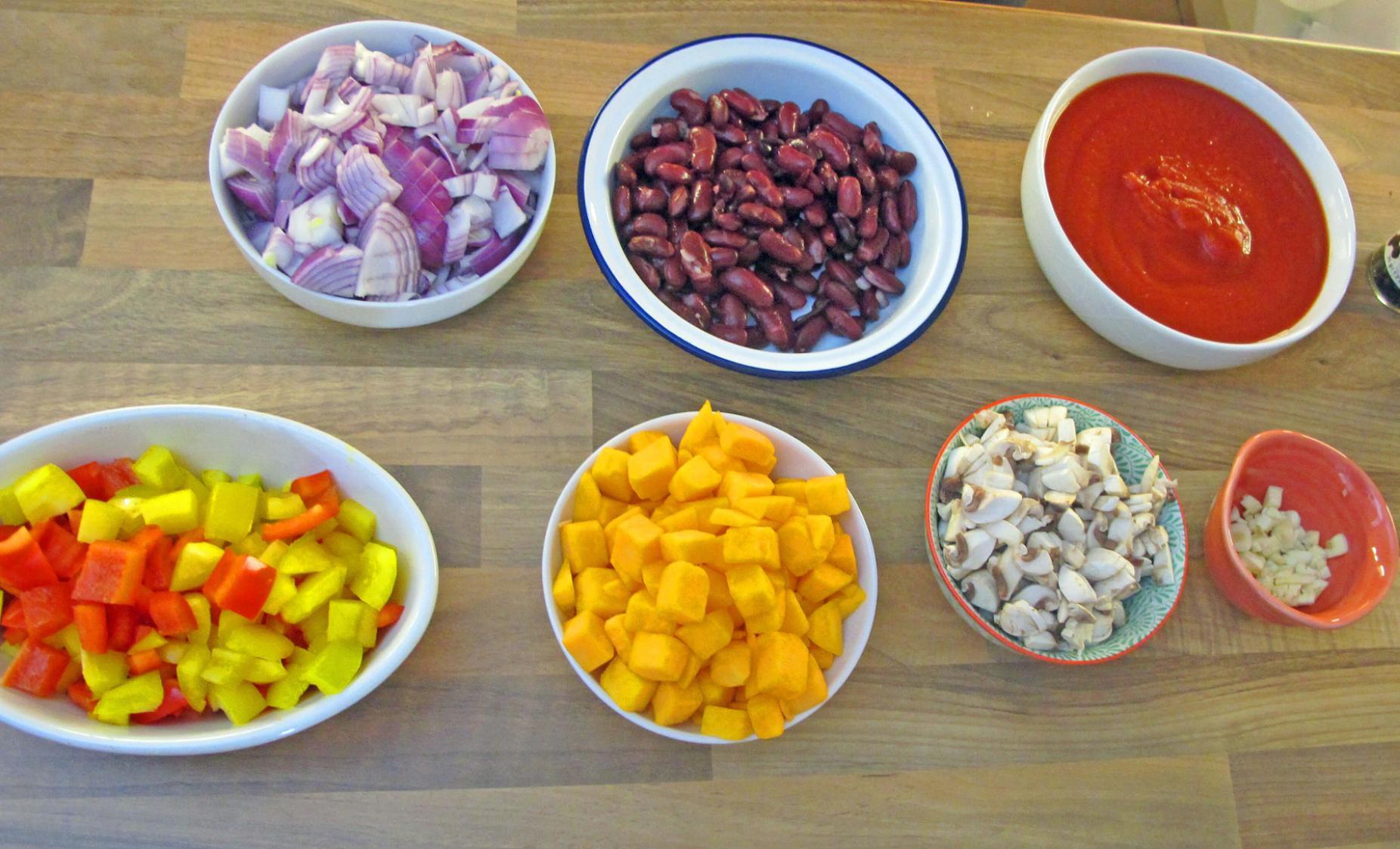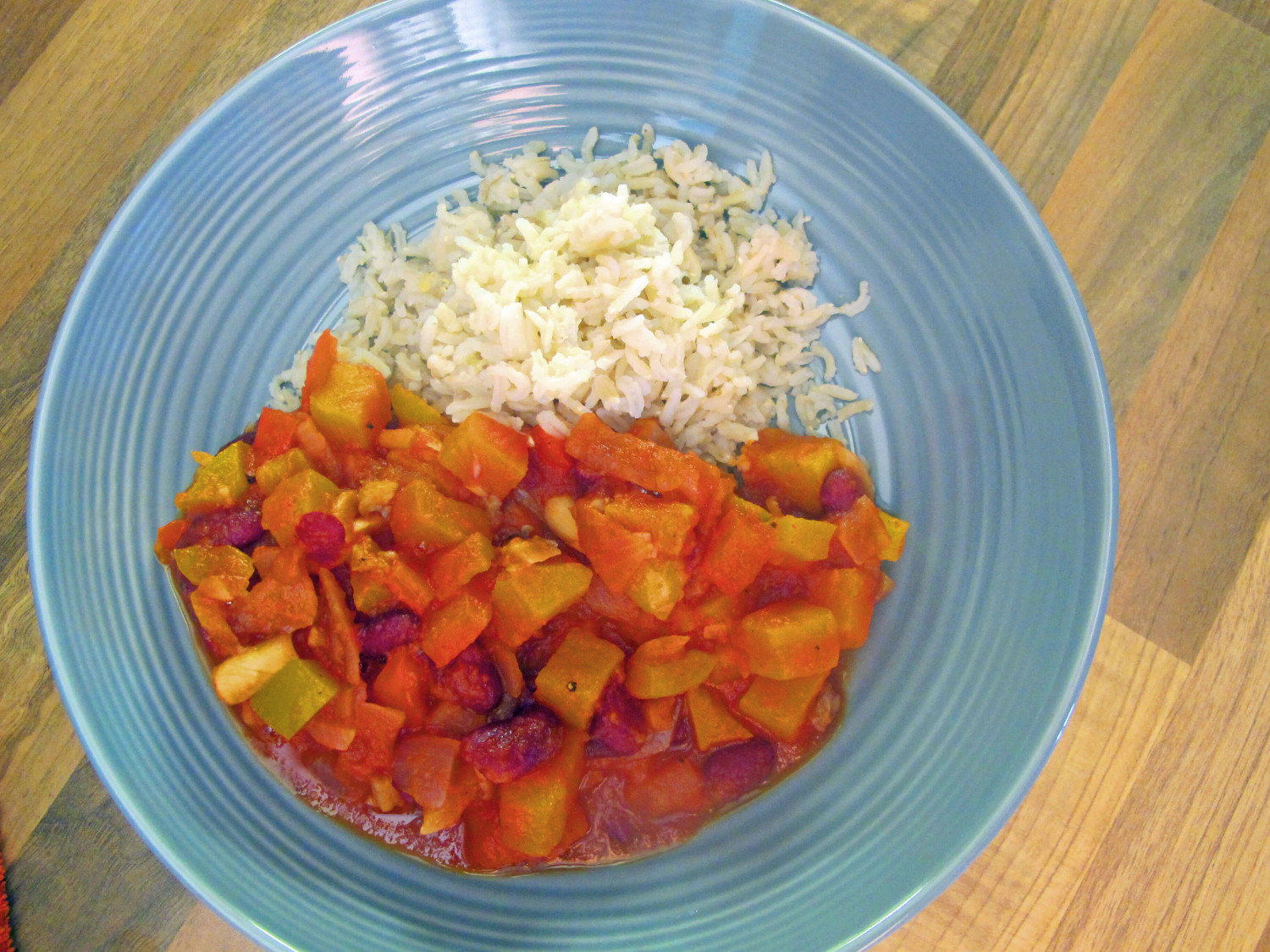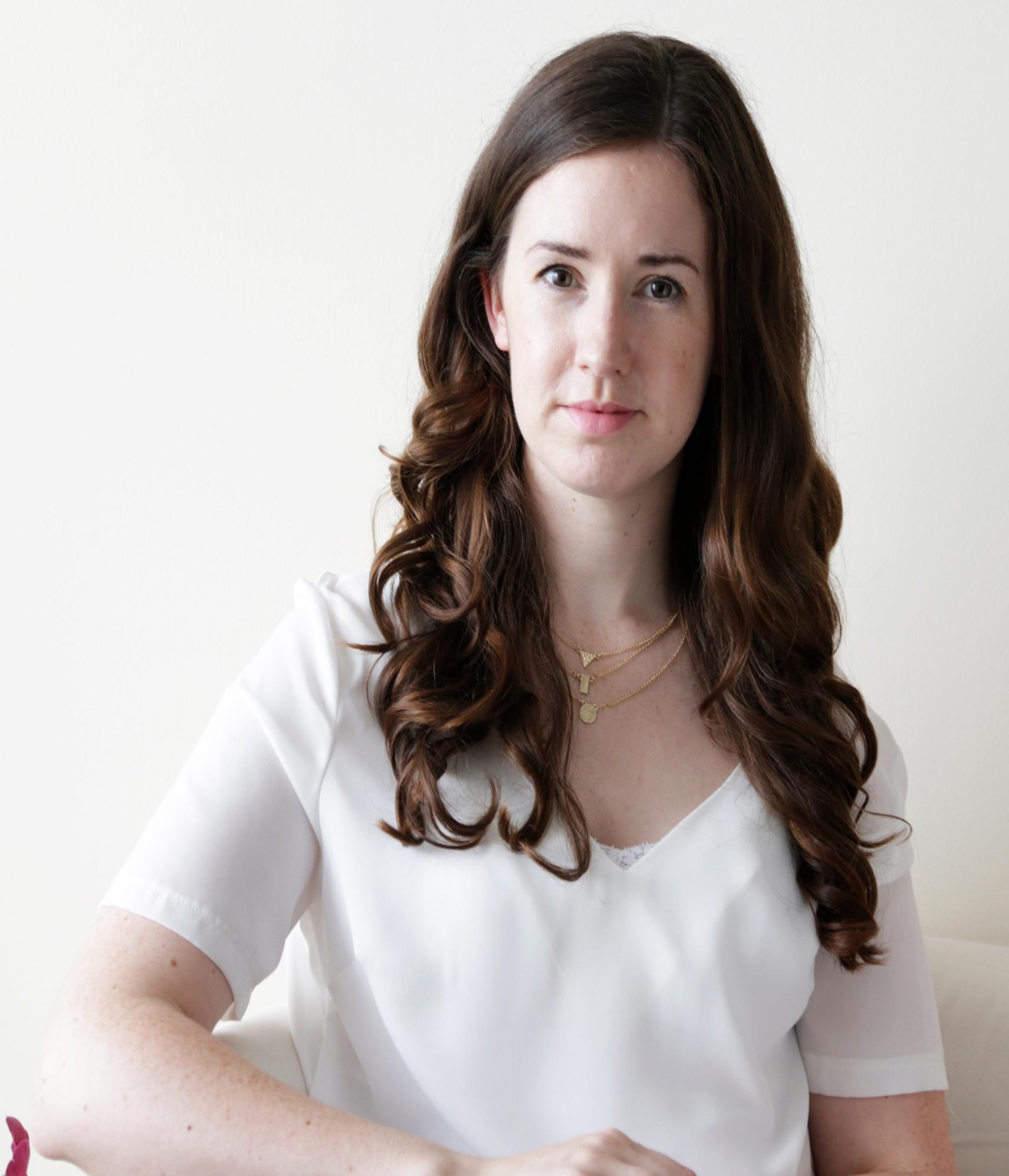Try getting two health professionals to share the same view on cholesterol. It’s very difficult. For every article you read that says cholesterol is nothing to worry about any longer, there’s another one stating that the recommendations to lower your cholesterol still stand. For every GP that overprescribes statins, you’ve one that refrains from prescribing them and instead talks to you about changing some diet and lifestyle habits and repeating the test in 6 months. Hard approach: Soft approach. Health Concern: No Concern. As nutrition science goes, it’s one of the most fraught areas of research. However, the evidence is still overwhelmingly in favour of correcting your lipid profile because of its relationship to cardiovascular disease (CVD).
Your lipid profile reveals a lot about your health. It should be viewed as a warning that things are starting to go out of balance. The lipid profile that your GP can do is usually broken into Total Cholesterol, Triglycerides, Low Density Lipoprotein (LDL) and High Density Lipoprotein (HDL). The part of the lipid profile that is most important is the LDL, as it is the one most closely connected to CVD risk. Your total cholesterol alone is not enough information to go on. If the profile is deranged, it needs to be corrected. Medicating with statins is the easier and quicker way to do this, but it does not get at the root cause of why the profile is deranged in the first place. That is why diet and lifestyle factors must be part of the conversation. You need to play your part in correcting the thing that has started to go wrong. Here are two tips that you can bring into your kitchen in an effort to correct your lipid profile naturally.
1) Increase Your Fibre
Cholesterol is excreted from the body via the bowel, so if your cholesterol is high, improving your digestive health is the primary means of excreting excess cholesterol. Fibre can be found in the soluble form or insoluble form, and both types play their role. Soluble fibre is found in oats, beans, ground seeds, and soft fruits. Insoluble fibre is found in rice and quinoa and other wholegrains, and most vegetables. The former absorbs water and passes through the bowel smoothly, the latter bulks up the stool and creates form and consistency ideal for ease of elimination. When the two types of fibre are included in the diet, elimination of toxins, waste, and excess cholesterol occurs. The recipe I’ve included is a prime example of a mix of soluble and insoluble fibre, and is a great option for adding to your weekly repertoire of heart healthy meals.
2)Reduce Your Saturated Fat and Remove All Trans Fat
Saturated fat should be greatly reduced and trans fat completely removed from the diet if you have a family history of cardiovascular disease or you are beginning to test positive for risk factors associated with cardiovascular disease, such as high triglycerides, high LDL and low HDL i.e. a deranged lipid profile. A simple approach to your fat intake is best; when you eat fat, it should be a naturally occurring, unprocessed form of fat. That includes foods such as nuts, seeds, small oily fish, avocados, and eggs. These foods contain primarily monounsaturated or polyunsaturated fat, and form the basis of the Mediterranean diet, which is one of the most studied dietary models, and has consistently proven to be cardioprotective as a long-term eating strategy. Small amounts of olive oil can be used in cooking and as salad dressing. Naturally occurring saturated fats, found in red meat, butter, and cheese, should be reduced to an occasional intake. All other processed fat in the form of vegetable oils, highly heated oils (i.e. anything deep fried), margarines etc should be completely removed from the diet. That means most cakes, biscuits, and pastries, as well as fish n chips. In the hierarchy of fat intake, synthetic fat is at the absolute bottom. Remove that bottom layer first, and then start moving up, reaching for the next best choice. Synthetic fat is never to be the preferred choice over saturated fat. If faced with a decision between real butter and margarine, choose butter. It’s only ever going to be a smidge, anyway.
Those are the two most important principles to adopt if you’ve been told your cholesterol is high. High Fibre and Healthy Fat. (Not High Fat. Not Low Fat. Just SMART FAT).
The recipe I’ve prepared is the perfect blend of high fibre, healthy fat, moderate protein, and bursting with anti-oxidants, vitamins, and minerals. It’s also a total cinch to prepare, and freezes really well.
Kidney Bean Casserole on a bed of quinoa/brown rice.
 Ingredients
Ingredients
2 Red Onions
1 Red Pepper
1 Yellow Pepper
1 Punnet Mushrooms
2 Sweet Potatoes, peeled and cubed, or 1 butternut squash peeled and cubed
3 cloves garlic
1 jar passata with chilli or herbs
2 cans of kidney beans
Salt and pepper
Olive oil
Cooked quinoa/rice (microwavable every once off)
Method
Chop the onions, peppers, mushrooms, sweet potatoes/ butternut squash, and garlic. Heat a tiny bit of olive oil in your pot and throw in all your chopped veg. Stir and sauté for a few minutes. Rinse and drain kidney beans, and add. Throw in the jar of passata, grind your salt and pepper, and cook on medium heat for 25 mins until the cubes of sweet potato or butternut squash are soft. Stir occasionally to avoid sticking to the pot. Serve 1 cup of casserole per person, with 1 cup of cooked quinoa or rice from your batch cooking earlier in the week (check out batch cooking blog)
Follow us on Facebook and Twitter for more health and diet tips, advice and interesting case studies. Check back here next month for more recipes from nutritionist Carla Bredin of Wildhealthy. Explore our site for more information on health insurance options or to get a health insurance quote online today



